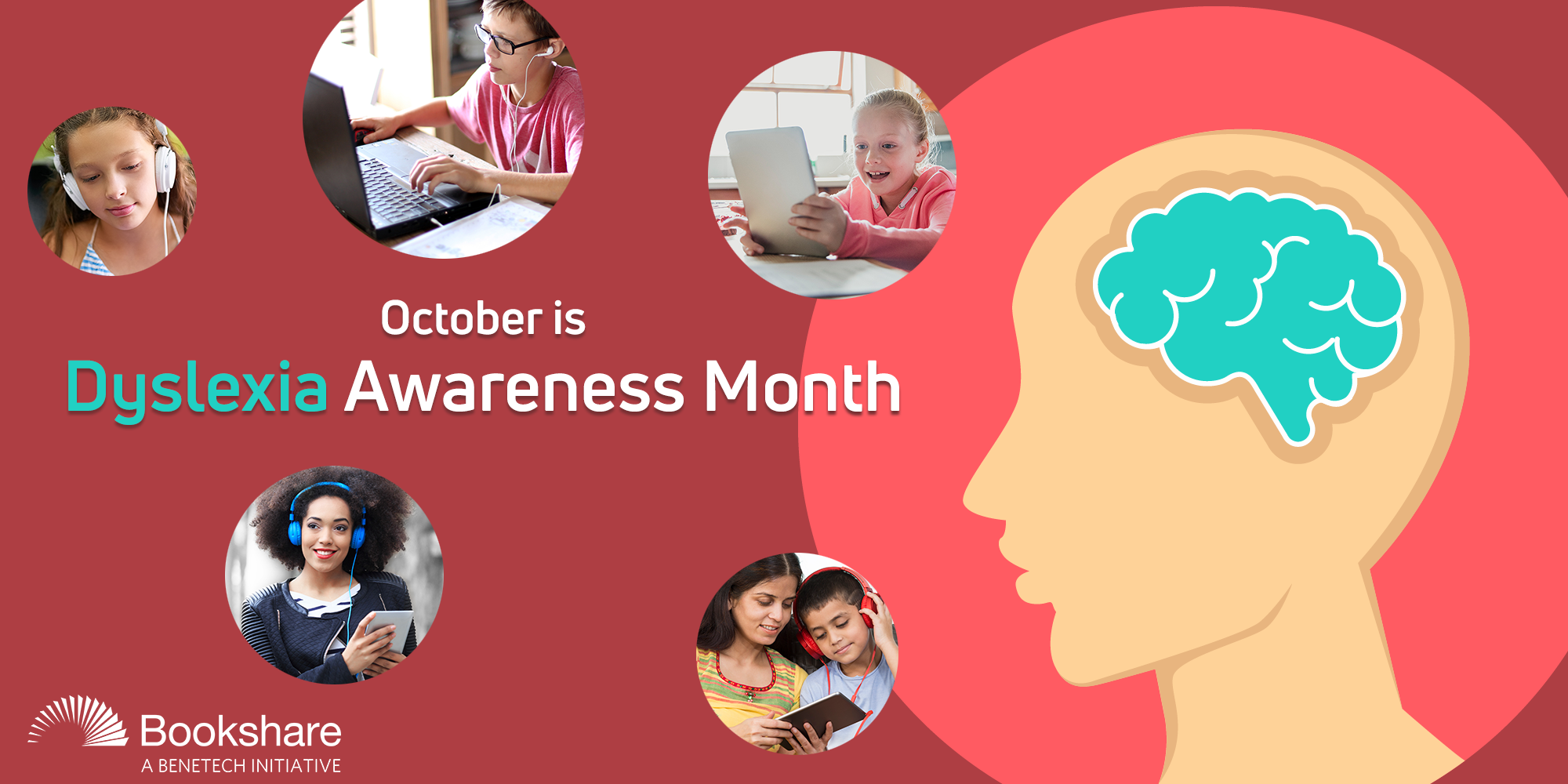Leverage #DyslexiaStrengths and provide appropriate intervention to open up pathways to learning for students with dyslexia and other learning disabilities.
Kids are naturally diverse learners, and the concept of neurodiversity can help children frame challenges as differences, rather than deficits. Kids who have been diagnosed with specific learning disabilities, such as dyslexia, benefit from a variety of instructional techniques that harness their unique strengths.
According to the International Dyslexia Association, dyslexia is a neurological condition caused by a different wiring of the brain that has no relationship to intelligence. When it comes to reading, students with dyslexia typically have difficulty with decoding, word recognition, fluency, and/or comprehension.
How Widespread is Dyslexia?
Approximately 7% of the 56 million school-age children in the US have been classified as having a specific learning disability. Of those 3.7 million students, 85% have dyslexia. That means there are 3.1 million children with dyslexia which is about 5% of school-age students. (Source: International Dyslexia Association)
Why is Reading So Critical in Grades 1-3?
A report by the Annie E. Casey Foundation, says that “reading proficiently by the end of third grade can be a make-or-break benchmark in a child’s educational development. Up until the end of third grade, most children are learning to read. Beginning in fourth grade, however, they are reading to learn, using their skills to gain more information in subjects such as math and science, to solve problems, and to think critically about what they are learning.” In the US, 16% of students reading below proficiency at the end of third grade will not graduate from high school by age 19 and will be unprepared for jobs or college. Furthermore, students with learning disabilities represent a disproportionately large portion of dropouts. (Source: Don’t “Dys” Our Kids: Dyslexia and the Quest for Grade-Level Reading Proficiency)
Technology Offers On-Ramps to Reading Proficiency
Fortunately, a variety of reading accommodations for early intervention are available. Technology can influence the educational outcomes of students with dyslexia by offering “on-ramps” to help children who are struggling to read and provide support until they reach proficiency level.
Ben Foss, author of The Dyslexia Empowerment Plan, says that “the inclusion and acceptance of ear-reading, eye-reading, and finger-reading as valid pathways to learning are key to leveling the playing field for our many unique minds.“ Many students with dyslexia learn better through ear reading, so audiobooks are an effective format. Still other students prefer ebooks with audio + highlighted text to assist with decoding so they can focus on meaning and fluency and enjoy books at their comprehension level. The technology options give students the ability to customize their reading experience by choosing their preferred narration voice, speed, font, colors, and highlighting.
How Paloma Harker Welcomed Reading Back into Her Life
In fourth grade, Paloma Harker declared to her parents, “I am done with reading. You can’t make me do it!” Since her earliest days in school, Paloma had trouble decoding and comprehending printed words. By third grade, her reading level lagged well behind her classmates. Her father, Travis, kept asking Paloma to try harder, but that wasn’t the solution. Finally, an assessment revealed that Paloma had dyslexia. Once the diagnosis was clear, Paloma received specialized reading instruction and assistive technology accommodations. She reads books from the Bookshare library on her iPad with an app called Voice Dream Reader that allows her to listen to text-to-speech narration while following the highlighted text. Her father noticed an immediate improvement. Bookshare plus specialized instruction was the breakthrough Paloma needed to welcome reading back into her daily life.
#UntilEveryoneCanRead
Stewart Hudson, president of the Tremaine Foundation, says that for children with dyslexia, “we need to adjust the start rather than remediate the finish.” During Dyslexia Awareness Month, we urge educators and parents to embrace neurodiversity and give students with learning differences the support they need to learn and thrive.


Be First to Comment